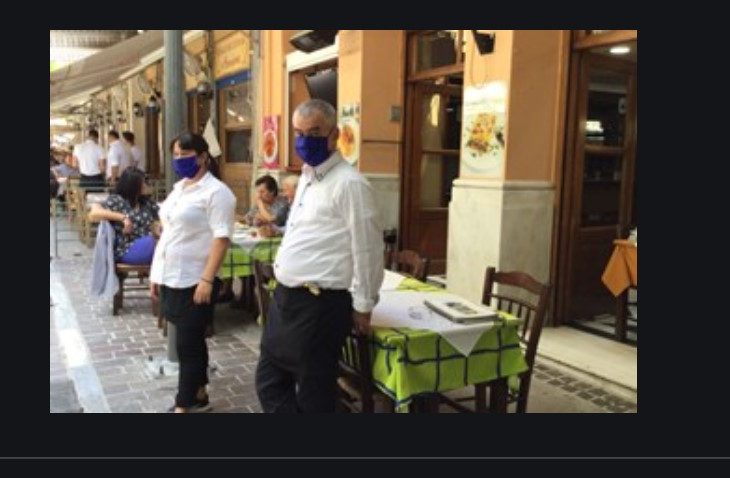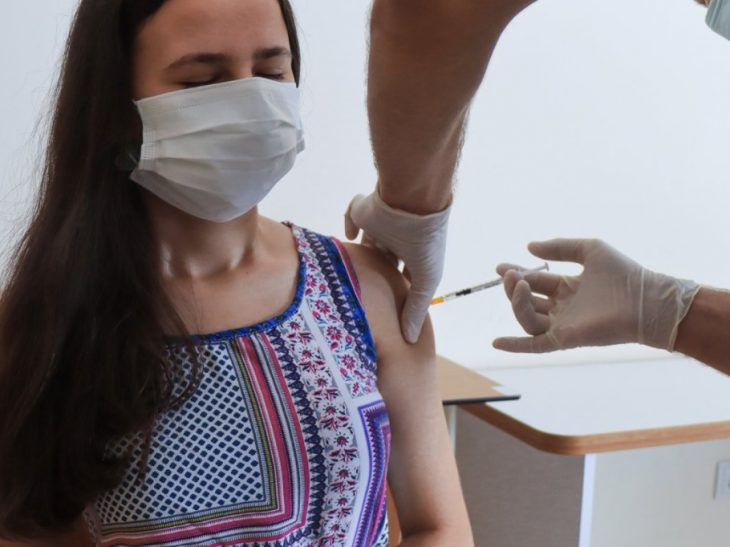Global recovery in jeopardy, as Covid-19 stages “Forth Wave”
 economy-covid
economy-covid
Despite the rosy view from a few select countries, such as US, UK and Israel, the total number of COVID-19 cases worldwide is actually rising right now. In fact, after peaking on Jan. 11 and dropping by half over the next month — the first overall decline of the entire pandemic — global cases reversed course in mid-February and began to rebound. While the world learns rapidly how to manage the economic impact of the pandemic, a Forth Wave could threaten the nascent recovery. Global financial markets are not ready to price this possibility, where crash or “risk reversal episode” could magnify the damage to the real economy.
Global cases reversed course in mid-February and began to rebound. Since then, new daily cases have climbed nearly 20 percent overall. In France, they’re up more than 30 percent. In Brazil, they’re up more than 50 percent. In Italy, they’re up more than 80 percent. In India, they’re up more than 110 percent.
The dreaded “fourth wave,” in other words, has arrived — even if it hasn’t arrived in the U.S, writes Andrew Romano of Yahoo News.
As the variant B.1.1.7 spreads throughout the European Union, cases have shot up 52 percent over the last month. In many countries — Estonia, Hungary, Poland, Sweden, France, Italy, Austria, even Germany — the curve is sloping steeply upward. Yet none of these nations has managed to administer at least one dose to more than 15 percent of its population, and most of them are doing far worse, with Austria at 9.3 percent, Sweden at 8.3 percent, Germany at 8.2 percent, Italy at 8.2 percent, France at 8.2 percent, the EU as a whole at 8.1 percent and Poland at 7.9 percent.
WATCH: World economy tour with Erda Gercek
On Thursday, Dr. Hans Kluge, the World Health Organization’s regional director for Europe, told reporters that Europe’s level of vaccination is too low to slow transmission. In Central Europe, the Balkans and the Baltic states, he added, new cases, hospitalizations and deaths are now among the highest in the world. The recent suspension of the AstraZeneca vaccine — and the hesitancy it might stir up even now that Europe’s drug regulator has deemed it safe and effective — won’t help matters.
Most of the rest of the world trails even further behind. In Brazil, where, again, cases have risen more than 50 percent over the last month, just 5.1 percent of the population has received at least one vaccine dose. In India, where cases have climbed more than 110 percent, just 2.2 percent of the population has received one dose. Morocco is the only African country to have administered at least one shot to more than 5 percent of its population, and no country in Asia or Oceania has even approached that number. Turkey reported 21,062 new cases and 91 deaths on Saturday.
WATCH: Is the world hurtling towards another financial crisis?
The contours of a new world split between vaccine haves and have-nots is already taking shape. For some, life as normal is on the horizon; for others, the crisis will continue, with all its disruptions and dangers. Meanwhile, the virus will continue to mutate as long as it has somewhere to spread.
Economic impact long-term, hard to reverse
Although the global economic recovery began in the third quarter as countries started to lift restrictions, UNCTAD noted that a second wave of virus hit earlier than expected in the final quarter of 2020 which dampened the recovery, most notably in Western Europe.
Countering this downward pressure on growth were vaccine breakthroughs and improved management of lockdown measures, both of which offset COVID-19's overall economic impact, the UN report said.
Food insecurity concerns
The UN body cited concerns nonetheless that more volatility may be emerging, particularly in markets of some agricultural commodities, with a threat to food security in several countries
It also noted that losses in global growth ‘will persist as even the most optimistic projections for the bounce back of growth will not cover the shortfall of income for several years”.
For 2021, UNCTAD announced global growth of 4.7 per cent - 0.6 per cent better than its previous mid-2020 forecast.
But this “more optimistic scenario” depends on international support for three things, UNCTAD insisted: “improved vaccination and disease containment in advanced and middle-income countries, a speedy transition from economic relief policies to recovery-policies in the largest economies of the world; and no financial crash of global significance”.
Asynchronous Recoveries; Synchronous Tightening
Saijid Z. Chinoy writing for Bloomberg Quint, warns about risks awaiting Emerging Markets
All else equal, growth differentials skewed in the America’s favour to this extent, should drive a stronger dollar and induce capital outflows from emerging markets – a process that has already begun. But this is not the only pressure point for EMs. The hefty U.S. fiscal response, and brightened growth prospects, have triggered an understandable re-surgence in long-end bond yields, even as the Fed remains patient at the short end. U.S. 10-year yields have increased 50 basis points over the five weeks, reflecting a rise in real rates, rather than inflation expectations, in response to the emerging fiscal-growth dynamics.
Furthermore, from the perspective of emerging markets, there seems to be a worryingly-reinforcing synergy between a stronger dollar
This then, is the uncomfortable reality that confronts emerging markets: First, almost all emerging markets will be much below their pre-pandemic GDP path at the end of 2021 as they fight to shake off the hysteresis from Covid-19. Second, any spill-over from the U.S. rebound in 2021 is likely to be limited. Despite that, EMs are being confronted with higher global yields and capital outflows which re pushing up domestic yields, tightening domestic monetary conditions, and creating yet more growth headwinds. In sum, the seamless flow of global capital is forcing a synchronicity of monetary conditions across economies despite a sharp asynchronicity of their recoveries from the pandemic.
Follow our English language YouTube videos @ REAL TURKEY: https://www.youtube.com/channel/UCKpFJB4GFiNkhmpVZQ_d9Rg
And content at Twitter: @AtillaEng
Facebook: Real Turkey Channel: https://www.facebook.com/realturkeychannel/





